-Steve in Ohio
There are many fine, little details that go into making these rod tubes that, I think, makes them some of the best out there. First off, these tubes feature a zippered closure at the top. The benefit of this is that you're never going to lose the cap. How many times have I seen a nice rod in a tube without a cap!! Somehow those things have a way of rolling away, never to be seen again. Here, you never have to worry about that, the "cap" is attached.
The zipper used on these tubes is a heavy duty metal zipper, in size 3, so as not to be too bulky, but strong enough to last a lifetime of opening & closing. It's stitched in to the tube cover with a very heavy seam stitch.
But what about the actual tube, inside the canvas cover? Well, with these tubes you need not worry about anything damaging your rod inside. These tubes are extremely strong. The side walls of these tubes are 1/8 inches thick & can take a lot of weight, or force, being put on them. This gives them strength, & the PVC material reduces weight. They're actually much stronger than the thinner metal tubes used to house rods - you can even drive a truck over them, though please don't try that yourself.
Each tube has a stitched leather name tag just beneath the opening. On these leather tags is written, in black ink & script, a description of the rod inside. These tags make it convenient for you to see which rod is in the tube.
Why would you want a rod tube made to fit your rod exactly? Because, if the rod tube is longer than the rod inside, it will slide back & forth, jostling the rod inside. That's not good & you don't want that. Sliding back & forth inside the tube is absolutely no good for your fly rod, especially those delicate tips!! We can make a rod tube for you that will give you a nice, perfect fit for your rod, with no sliding or jostling.
In addition to all this, you can choose from multiple colors for your rod tube. So if there's a color scheme to your rod, a neat way to tie your entire rig together is with the color of the bag & rod tube, having them match or harmonize with the color scheme of your rod, the wraps on your rod, the color of the wood in your reel seat, etc. Custom colors are available as well for a small charge.
These are the tubes that come standard with all my Prudential & Classical Series rods, both graphite & bamboo. Still, they are so nice that sometimes folks who get a Custom Series rod order these tubes in addition, to take their rods out into the field. Other folks have a rod that, for whatever reason, didn't have a tube when they got it. These make a perfect home for your homeless fly rod.
As you can tell, I'm really proud of these rod tubes. I think you'll really like them. To me they are the best quality tube you can get & they offer a cheaper alternative to lesser quality tubes you can buy on the market today. Give these tubes a try!! Contact me to let me know what rod tubes you need.
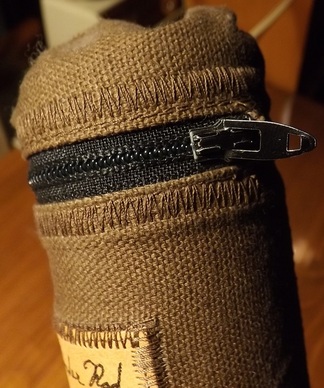
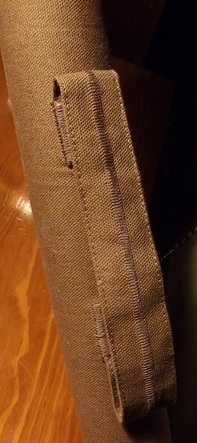
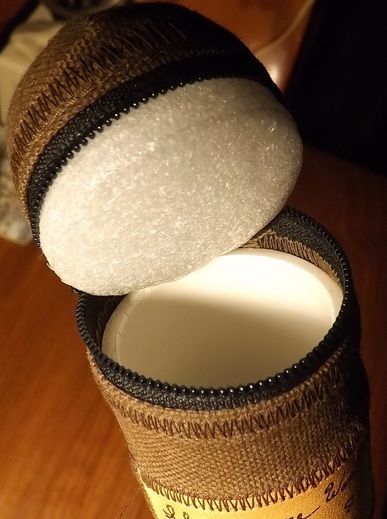
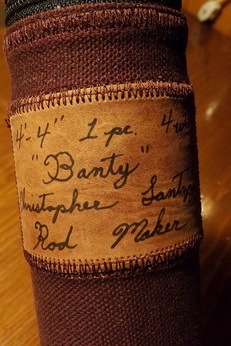
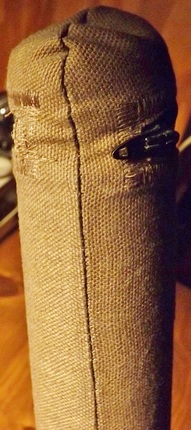
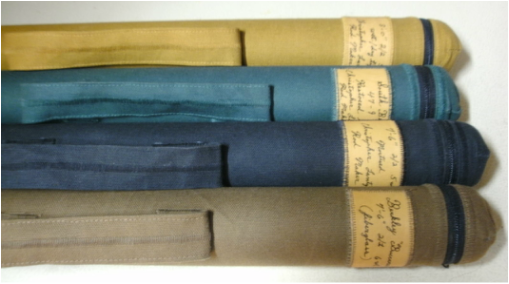
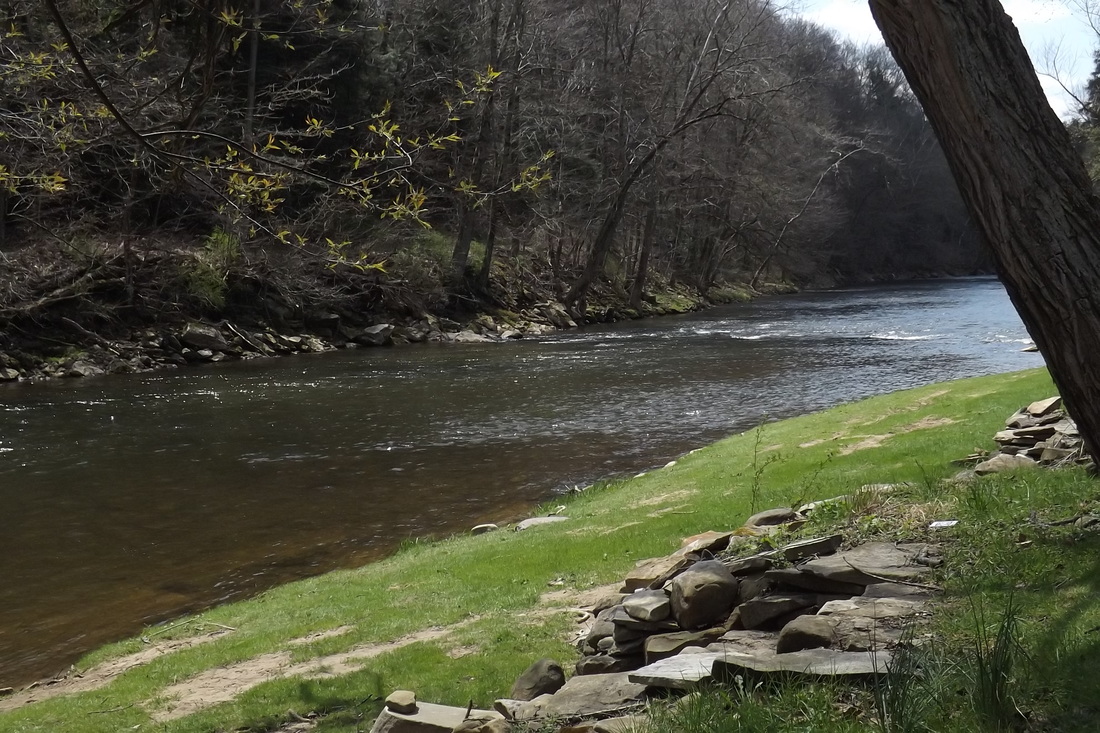

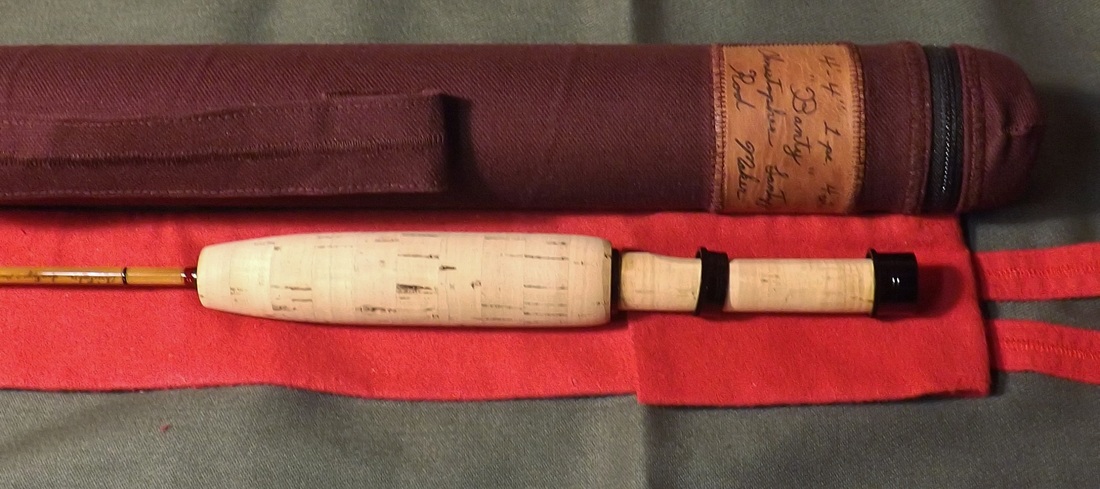
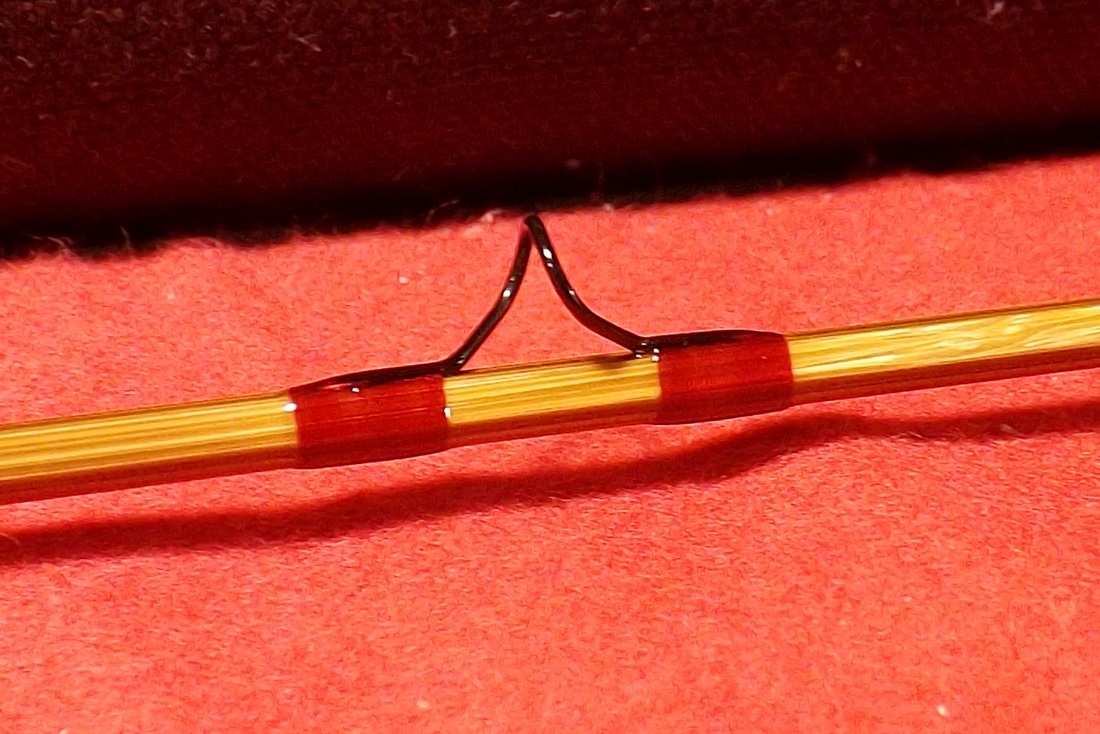
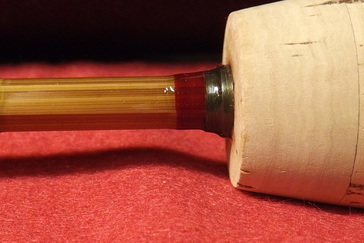
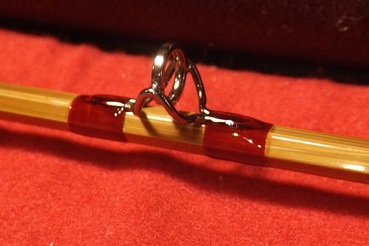

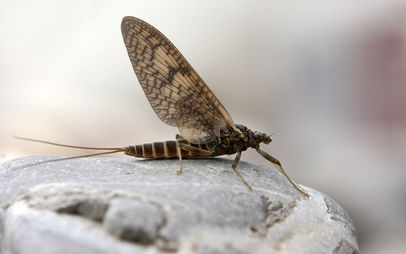
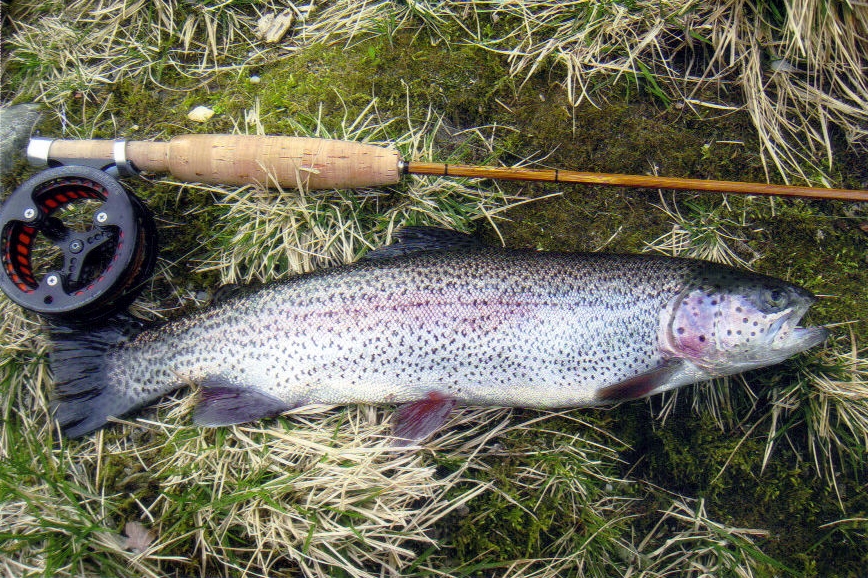
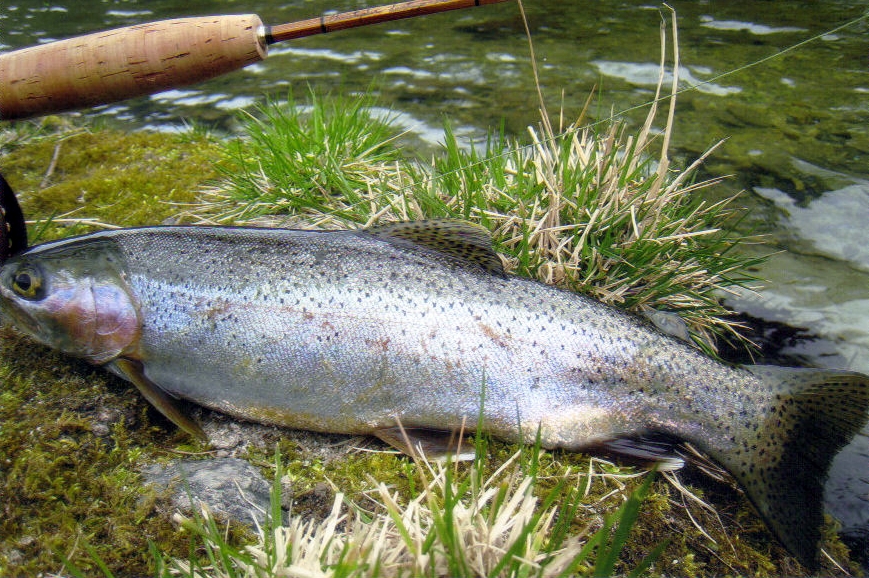
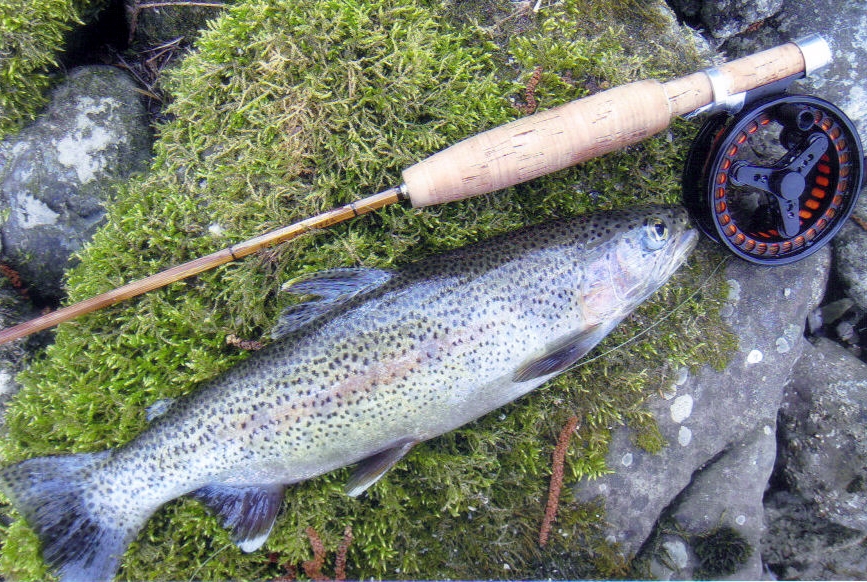
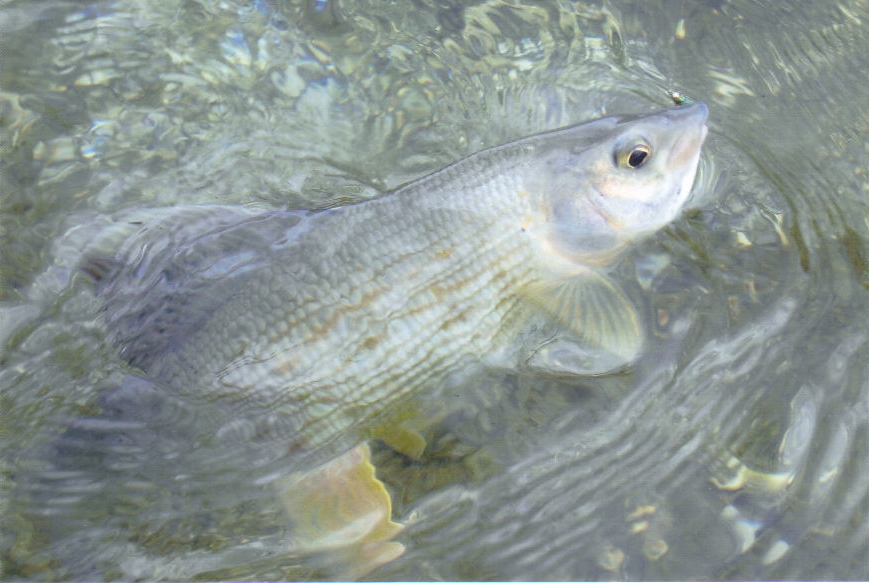
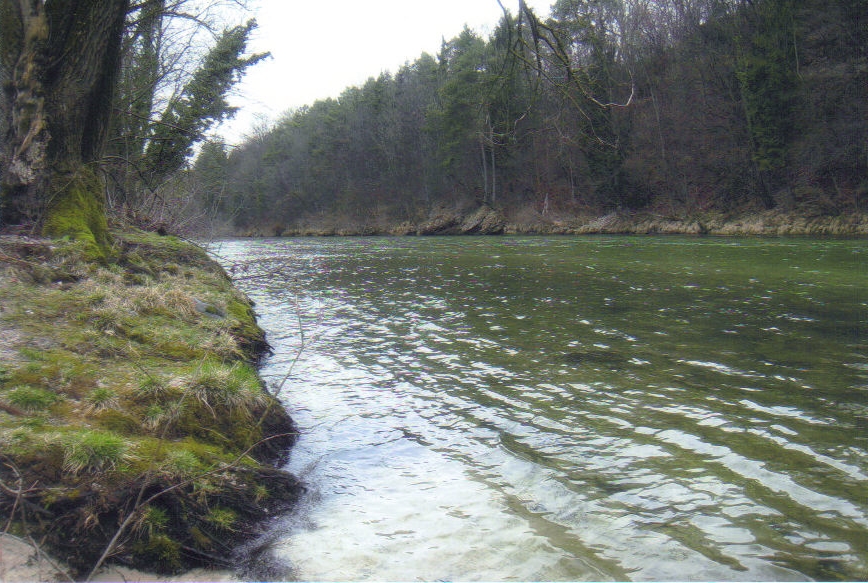
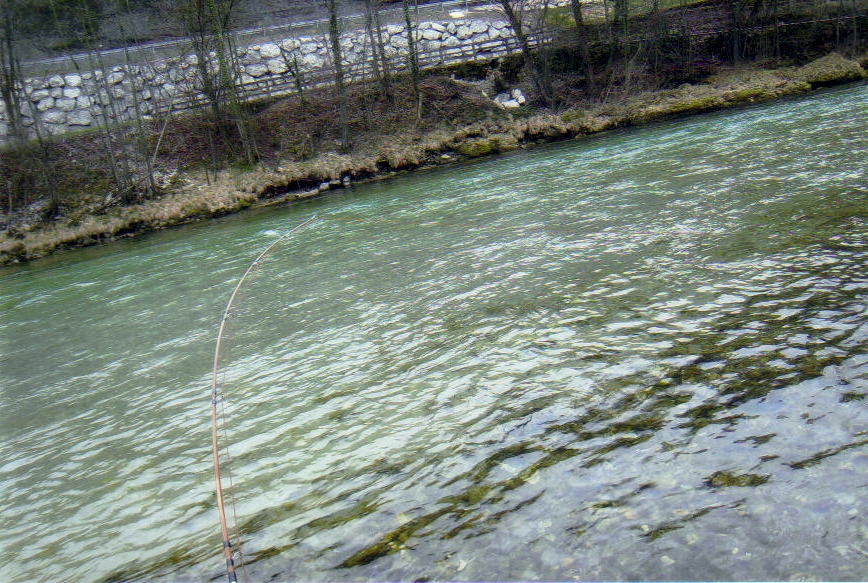
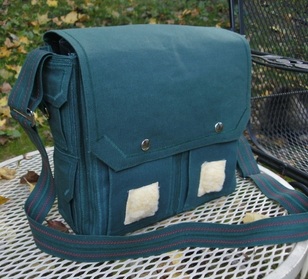
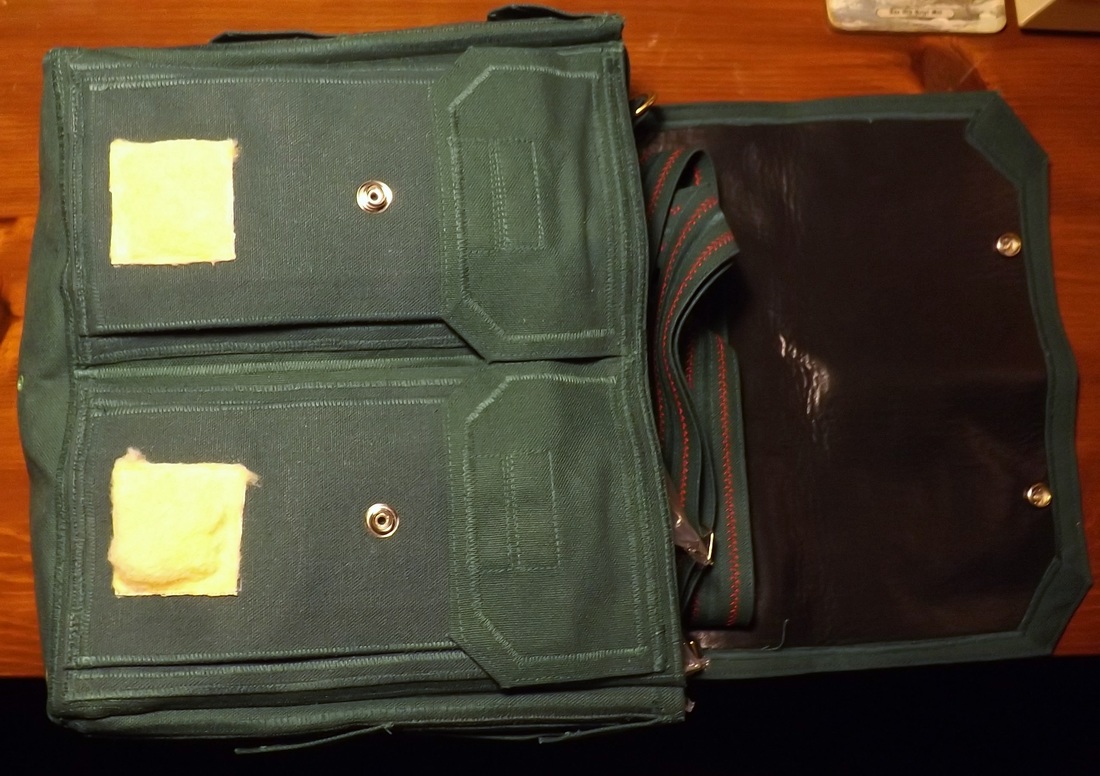
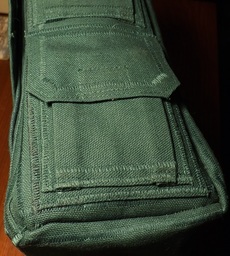
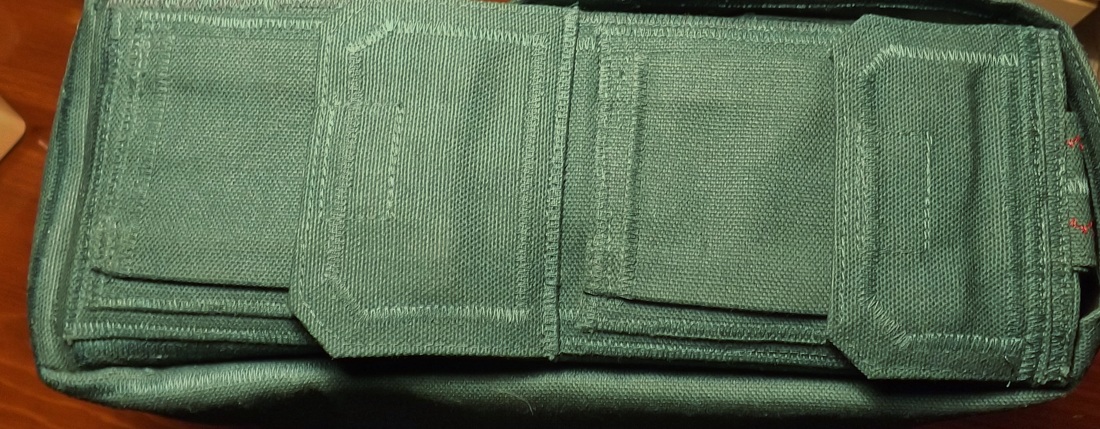
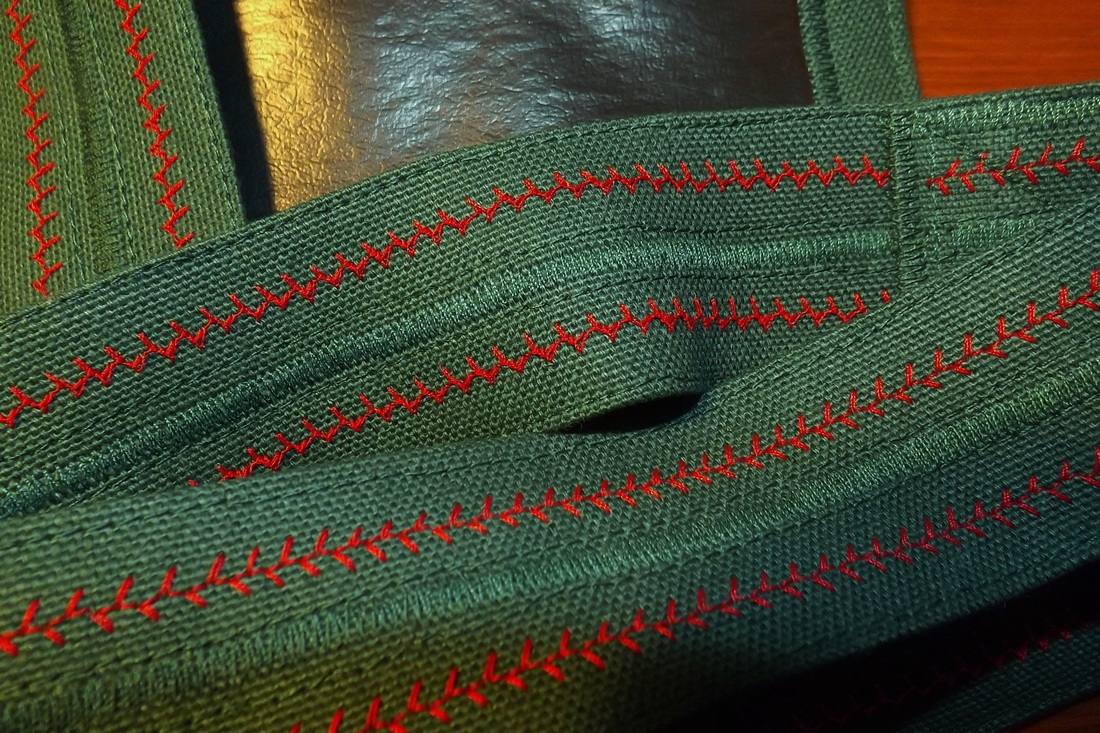
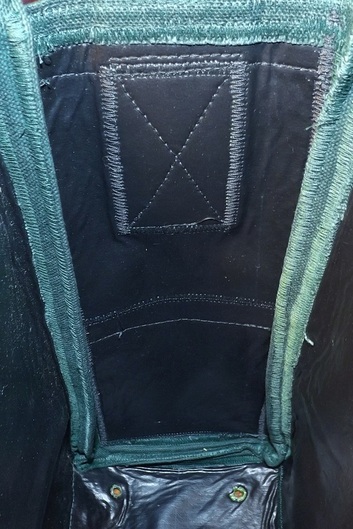
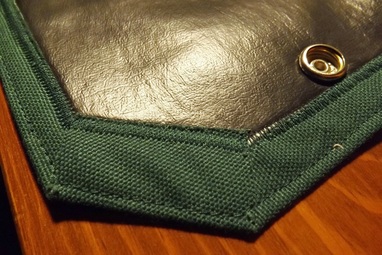
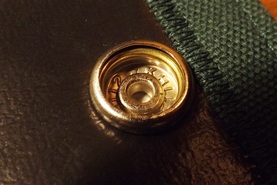
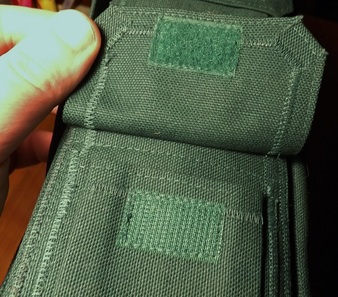

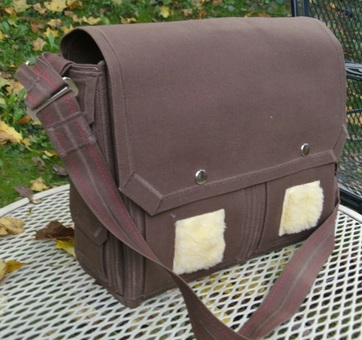

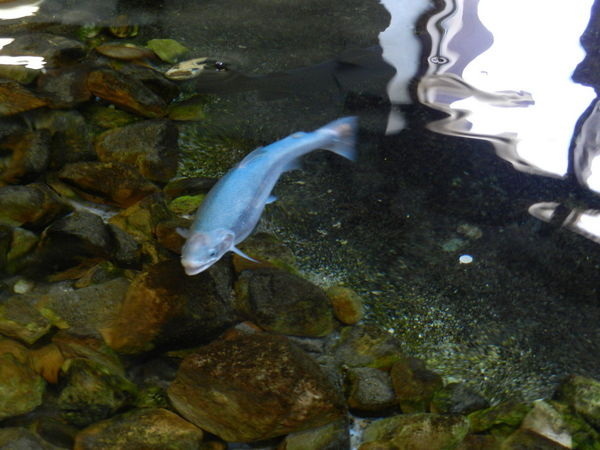

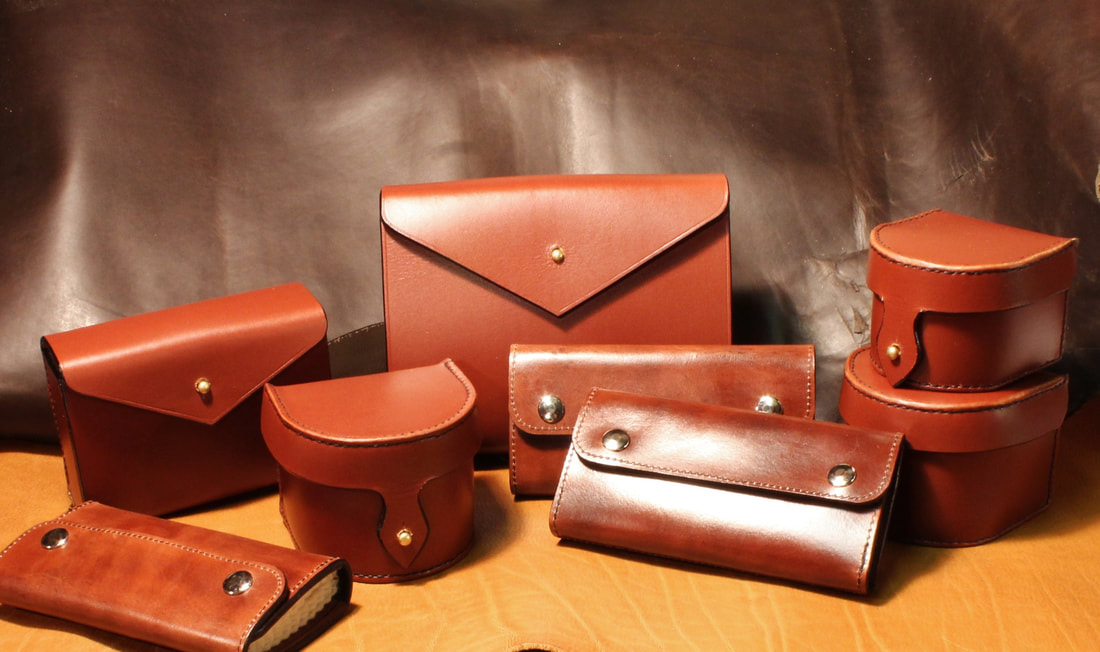

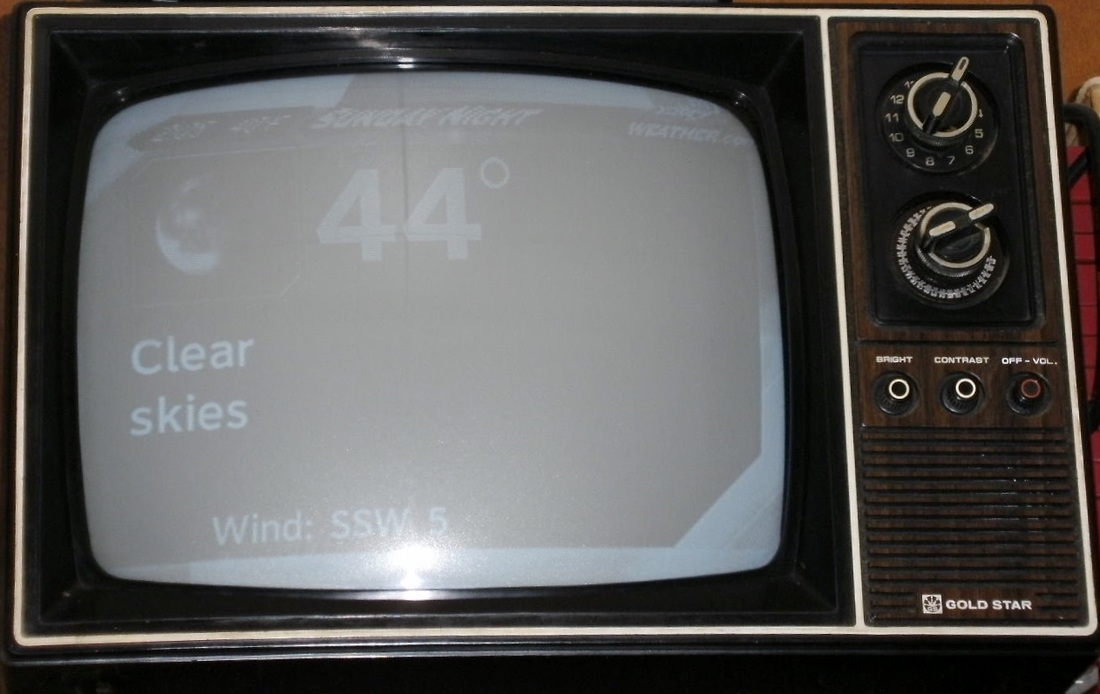
 RSS Feed
RSS Feed
